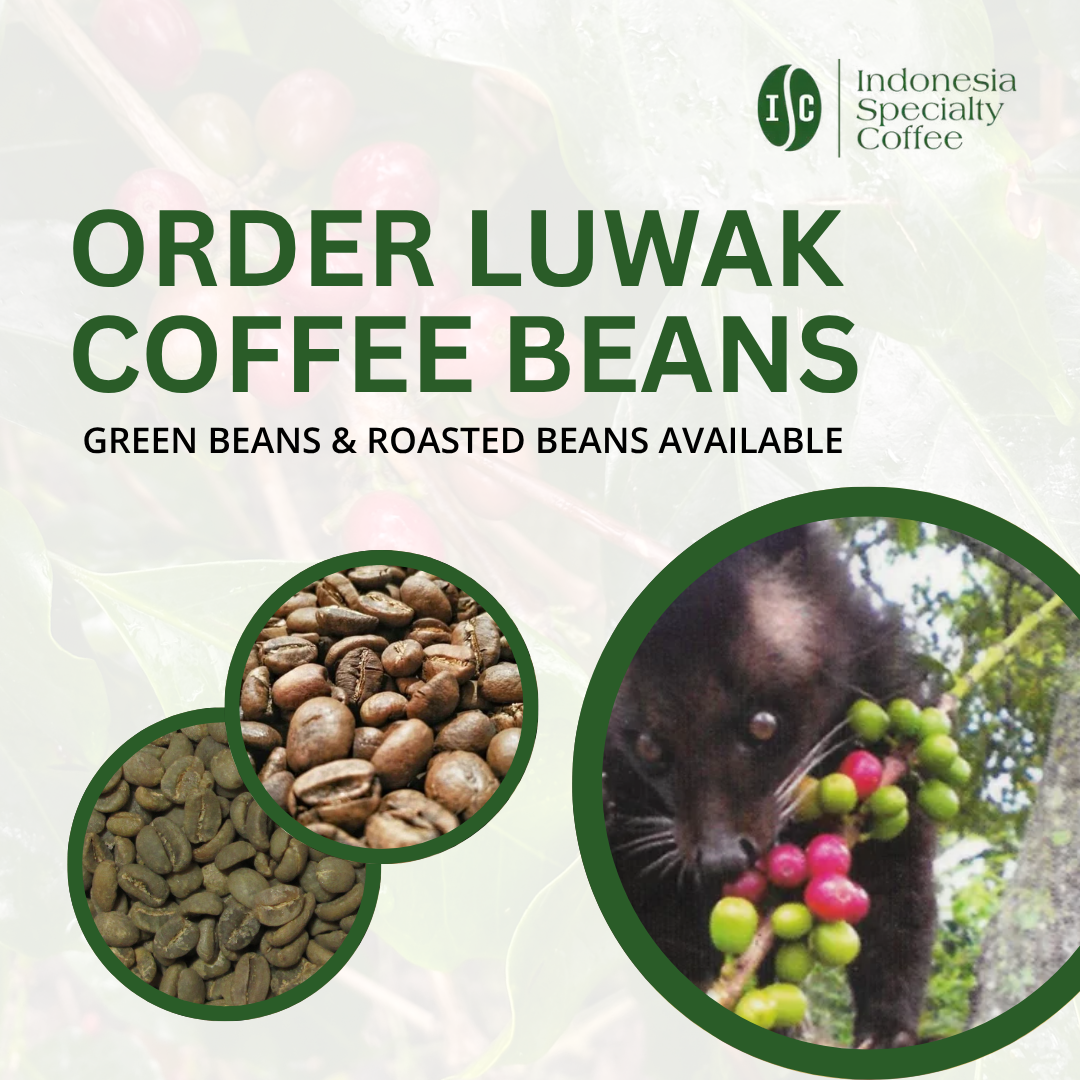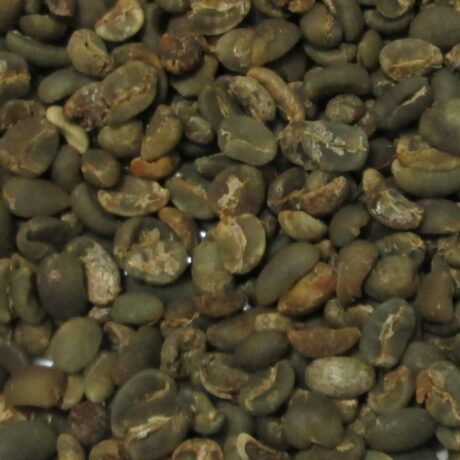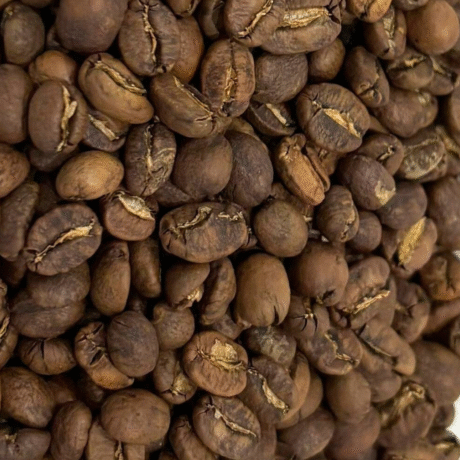Hey, fellow coffee lovers and home brewers!
We’ve all been there, haven’t we? Obsessively researching the latest pour-over device, perfecting our grind size, and timing our extractions down to the second. And while those things absolutely matter, what if we told you that the real secret to unlocking your ultimate cup of coffee lies not just in how you brew, but in what you brew?
That’s right, it all begins with the bean!
If you’re anything like us, you might have fallen into one of these common home-brewing traps:
- Brewing Method Myopia: Getting so caught up in the gear and technique that you overlook the most fundamental ingredient – the coffee itself! Relying on vague “light,” “medium,” or “dark” roast labels can be misleading, as there’s no industry standard, and the world of green coffee is far more diverse than those simple categories suggest.
- Solo Sipping Syndrome: Not trying different coffees side-by-side. Imagine trying to discover your favorite fruit by only ever eating one apple at a time. The true magic happens when you can compare and contrast, just like the pros do in a coffee cupping!
Ready to level up your coffee game and find those beans that truly sing to your palate? Let’s dive into the fascinating “coffee bean hierarchy” and discover what makes each bag of coffee unique, from farm to your cup.
The Journey of Flavor: From Farm to Your Cup
Think of coffee flavor as a symphony, with each stage of its journey contributing a crucial note.
1. Roasting: The Flavor Transformer

This is where green beans are transformed into the aromatic brown goodness we know and love. But forget those generic roast labels for a moment!
- Beyond Light, Medium, Dark: These terms are like saying “red car” – they tell you very little about the make, model, or performance! Different green coffees, even when roasted to the same perceived “level,” can taste wildly different. Why? Because the chemical reactions (Maillard, caramelization, pyrolysis) happening inside the bean are influenced by its inherent qualities.
- What to Look For: Instead of just roast level, look for roaster’s notes or flavor profiles on the bag. These can give you clues about what to expect, like “notes of berries and chocolate” or “bright and citrusy.”
Learn more about roasting here: From Green to Brown: The Fascinating Process of Coffee Roasting!
2. Processing: Crafting Character
After harvest, coffee cherries undergo various processes to become dried green beans. This stage dramatically influences the final flavor:
- Washed Process: The fruit pulp is removed before drying. This often results in a cleaner, brighter, and more acidic cup, highlighting the bean’s inherent qualities.
- Natural Process: The cherries are dried with the fruit intact. This can impart wonderfully fruity, jammy, and sometimes wild aromas to the coffee, as the sugars from the fruit ferment around the bean.
- Honey Process: A hybrid method where some of the fruit mucilage (the “honey”) is left on the bean during drying, offering a balance of sweetness and clarity.
- Anaerobic & Co-fermented: These newer, more experimental processes involve fermenting the coffee in oxygen-deprived environments or with added ingredients, leading to incredibly complex, often wine-like, or distinctly unique flavors.
Understanding the processing method can give you a huge clue about the flavor profile you’re about to experience!
Learn more about green coffee beans processing here: 5 Coffee Processing Methods Explained: From Natural to Honey and Wet-Hulled Flavors
3. Harvesting: The Quality Factor
How coffee is picked matters immensely for quality and, consequently, taste:
- Hand-Picking is King: While more labor-intensive and expensive, hand-picking ensures only perfectly ripe cherries are selected. Ripe cherries mean higher sugar content and more developed flavor compounds – essential for a truly delicious cup!
- Single Origin vs. Blends:
- Single Origin: Coffee from a specific farm, cooperative, or region. This is your best friend for exploration, allowing you to taste the unique terroir and processing of a particular place.
- Blends: Two or more coffees mixed together, often for balance, consistency, or a specific flavor profile. Blends can be fantastic, but for learning your preferences, single origins offer a clearer taste of individual characteristics.
You might be interested in Kopi Luwak Coffee
4. Growing: The Origin Story
This is where the bean’s inherent potential is shaped by its environment. Look for these terms on your coffee bag:
- Origin: The country, region, or even the specific farm where the coffee was grown. This tells you about the climate, soil, and typical flavor profiles associated with that area.
- Variety: Just like apples have different varieties (Fuji, Gala, Granny Smith), coffee has varieties like Gesha, Typica, SL28, and more. Each variety has distinct genetic characteristics that influence flavor, body, and aroma.
- Altitude: Often listed in meters above sea level. Higher altitudes generally mean slower maturation of the coffee cherry, leading to denser beans and often more complex, acidic, and aromatic coffees.
- Arabica vs. Robusta: Most specialty coffee you’ll find for home brewing is Arabica. It’s harder to grow but offers a far superior, more nuanced, and sweeter flavor. Robusta is hardier and has more caffeine but generally has a bolder, more bitter, and rubbery taste, often found in instant coffee or some espresso blends. For your home brewing adventures, focus on Arabica!
Your Home Brewing Journey Starts NOW!
So, what does all this mean for you, the dedicated home brewer?
- Don’t Brew Blindly, Buy Intentionally: Before you even think about water temperature or pour speed, focus on the beans. Read the bag! Look for information on origin, variety, processing, and tasting notes.
- Taste Side-by-Side: The easiest way to discover what you love is to buy two different bags with distinct profiles (e.g., a washed Ethiopian and a natural Brazilian) and brew them back-to-back. Taste them without milk or sugar first. What differences do you notice? Which one do you prefer and why?
- Use the Hierarchy to Explore: Found a coffee you adore? Use the “coffee bean hierarchy” as your guide! Did you love a washed Colombian Gesha from a high altitude? Seek out other washed Geshas, or other high-altitude Colombian coffees, or other washed coffees from that region. This systematic approach will help you discover new favorites with confidence.
The world of specialty coffee is vast and exciting. By understanding the journey of the bean and making informed choices, you’re not just brewing coffee; you’re embarking on a delicious adventure.
Happy brewing, and may your cups always be exceptional!
Wanna try Indonesian Coffee? Check our Roasted Coffee Beans product list by clicking the button below.






